Signed lower left, countersigned, dated 1955 and located in Le Vesinet (Yvelines) on the back.
Good condition, a lack of paint at the top of the pants of the male figure, visible in the photos.
Dimensions without frame: 73 X 50 cm.
Dimensions with frame: 77 X 54.5 cm.
Michel Couchat was born in 1935 in Courbevoie and dedicated in 1998 to Pantin.
He lived in Pantin for a large part of his life and exhibited in 1984 and 1995 at the Administrative Center of the City.
After brief studies at the Lycée de Saint-Germain-en-Laye, Michel Couchat attended the Académie Julian in 1951 and learned sculpture in the studio of Joseph Rivière. Admitted in 1953 to the National School of Fine Arts, his first personal exhibition took place the following year at the Odeon gallery.
During his career, he befriended, among others the poets Kateb Yacine and Kenneth White, the photographers André Villers and Henri Cartier-Bresson, the painter Jean Hélion with whom he was very close, the plastic artists Jean-Jacques Levêque. and Louis Pons.
In the 90s, he was represented by the Diane Manière gallery and the Jean Peyrole gallery.
A few occasions allowed him to get involved in the show: he recorded the role of Ignold in Pelleas et Mélisandre under the direction of Ingelbrecht in 1951, Léo Ferré gave him a role in an oratorio the same year and, the result of a long friendship with the actress Bernadette Lafont, he participated in the film "A whale that had toothache" by Jacques Bral in 1970.
From the countryside to the suburbs, from Provence to Pantin, Michel Couchat inherits the great French tradition of modern landscape by adopting both the geometric composition of Cézanne, the impressionist lesson of the fragmented touch and the treatment of expressionist color on a palette that ranges from Van Gogh to Nicolas de Staël. It was in 1955 that he attended an exhibition of the latter, a decisive visit for the young student of the School of Fine Arts. Fascinated by the almost abstract geometry with which De Staël treats his landscapes and the particular work of his pictorial material, Couchat will go so far as to mix sand with his pigments in certain paintings, thus making a thick paste, deposited on the canvas in spurts. and by spots. The play of color and tones in the works of Michel Couchat will be particularly noticed and often associated with a musical symphony.



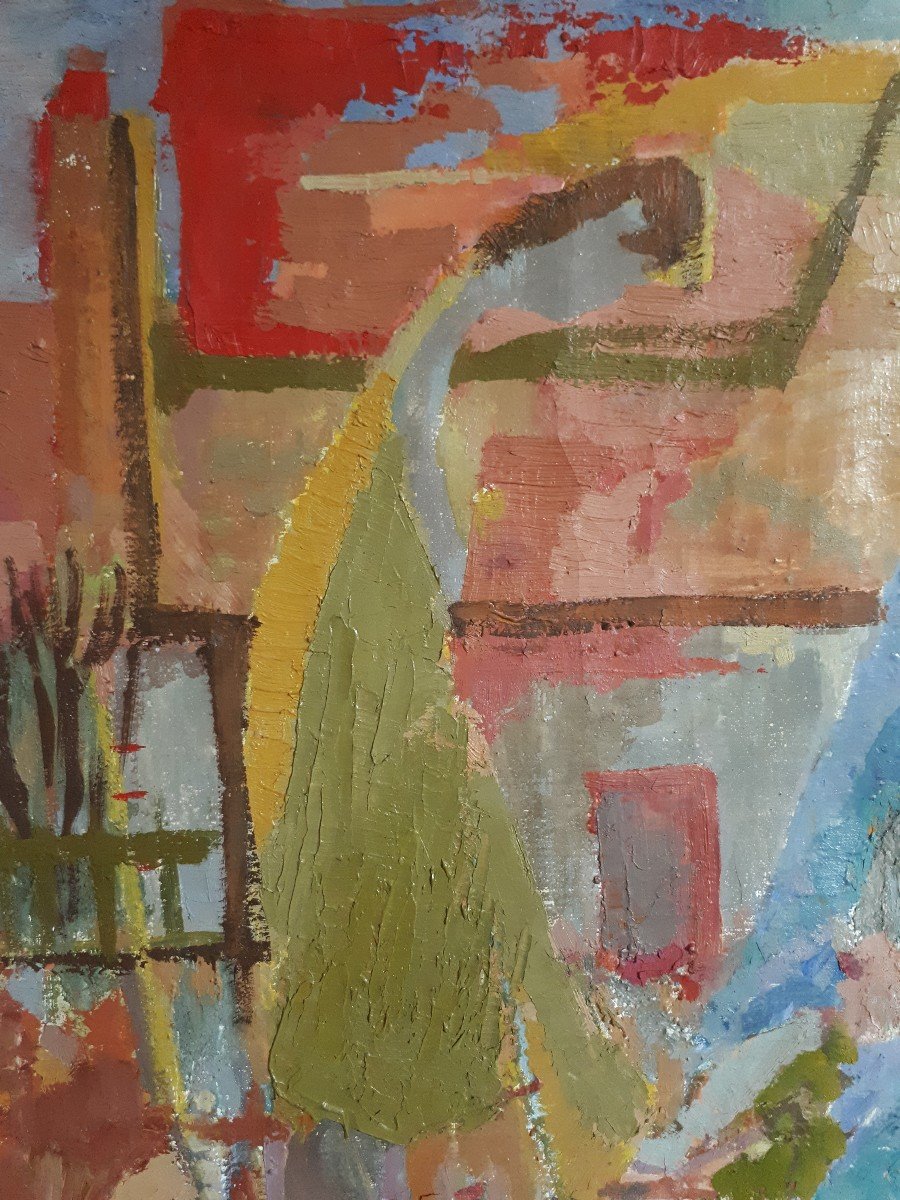
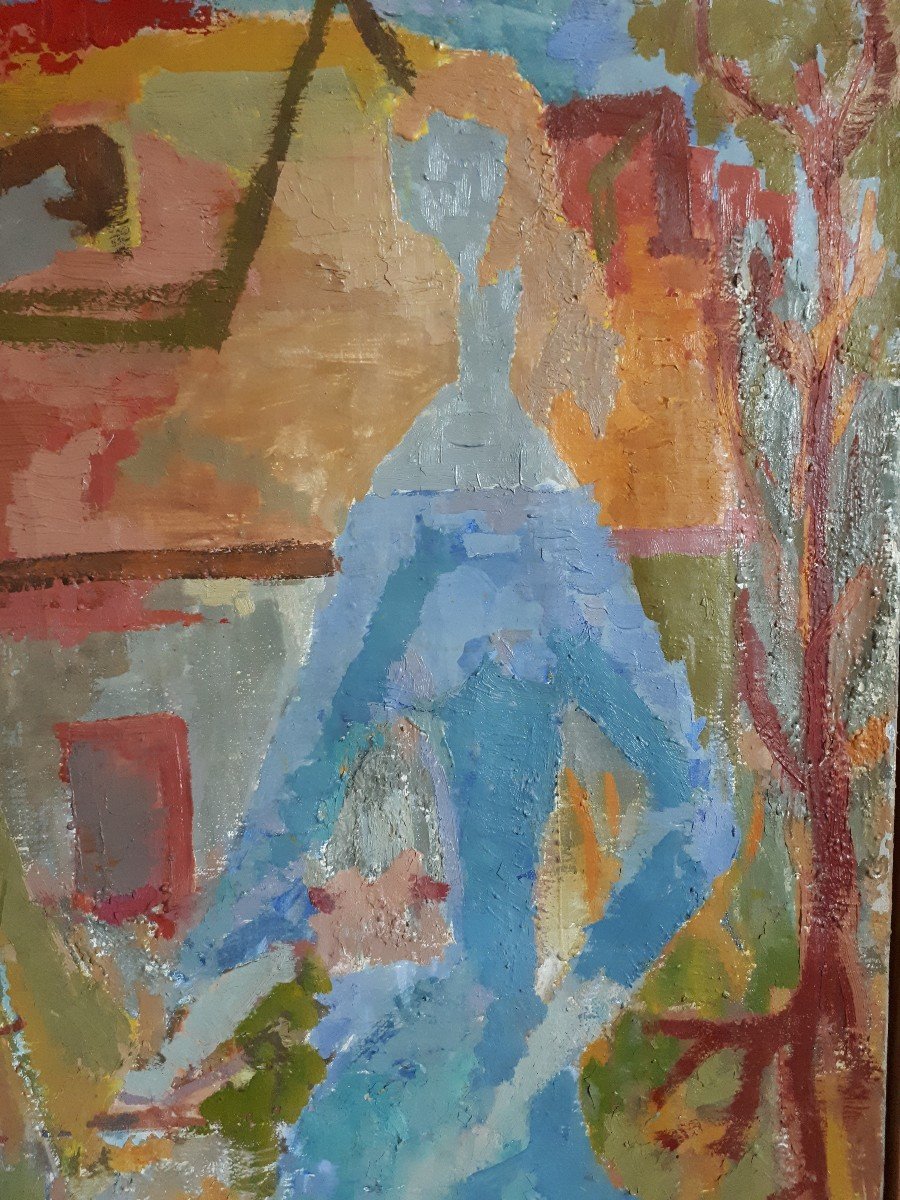
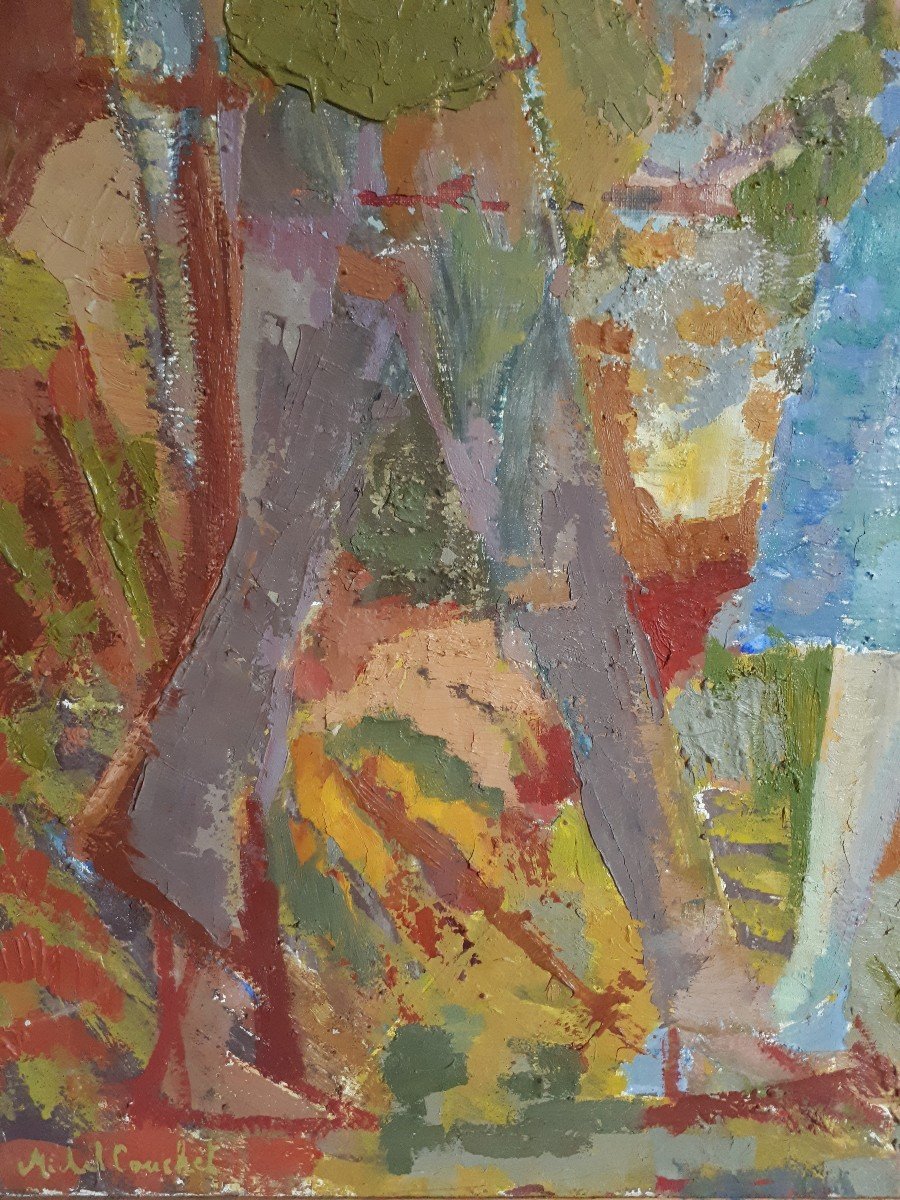
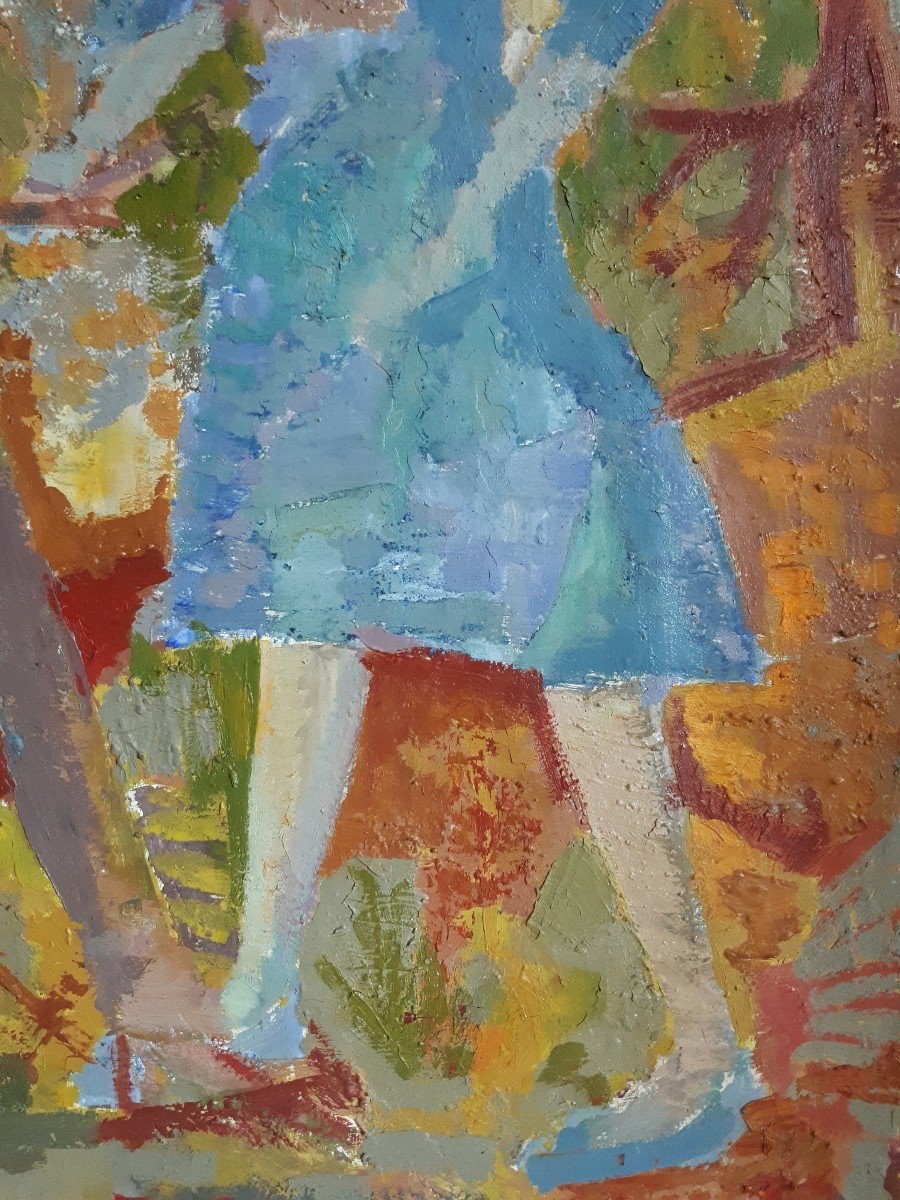

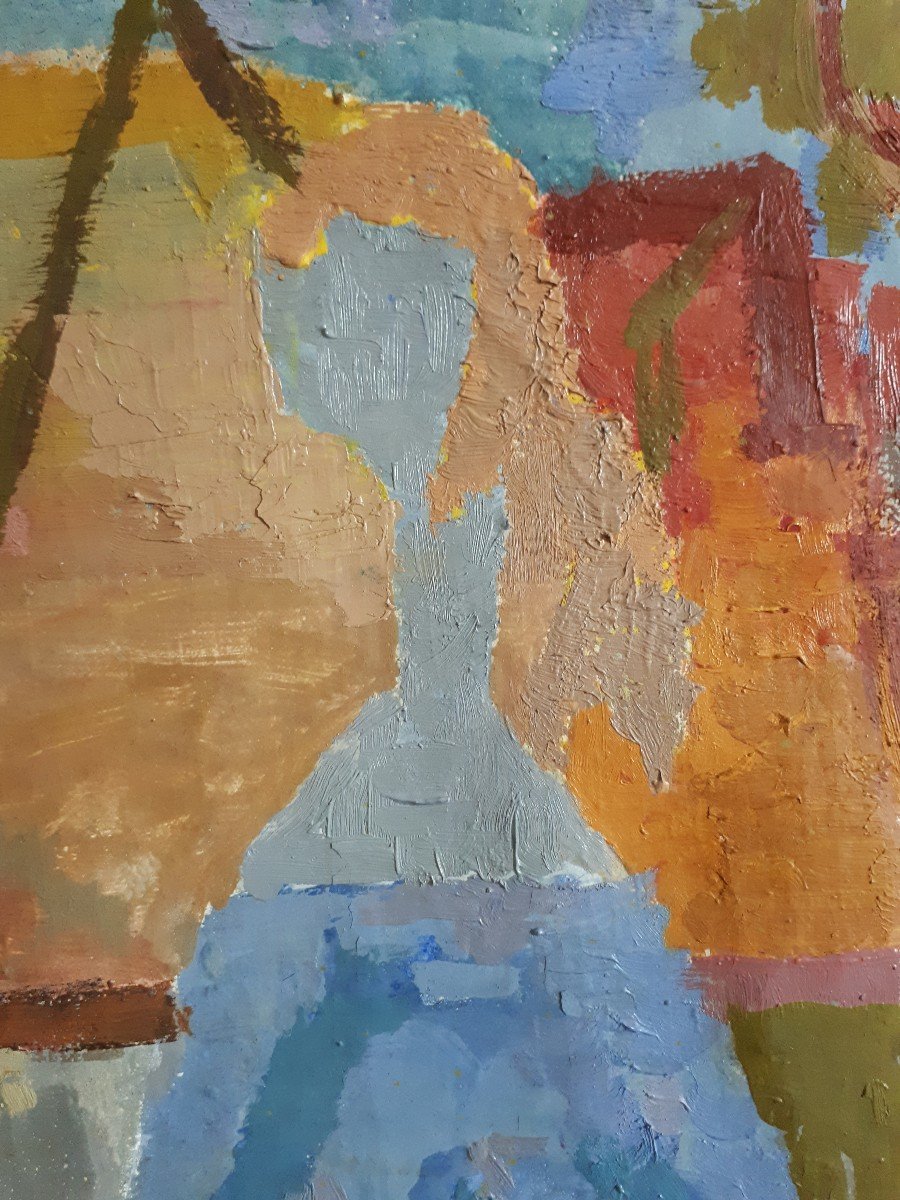
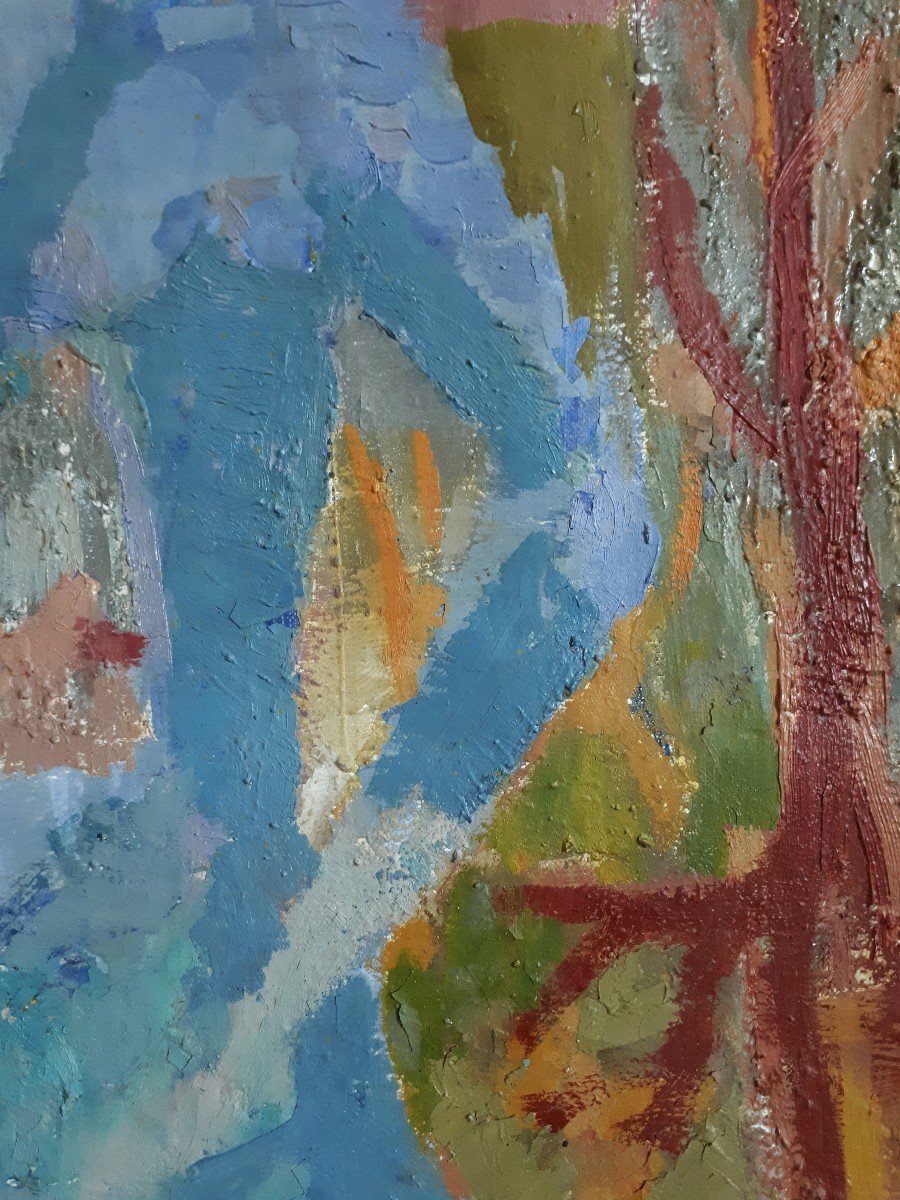
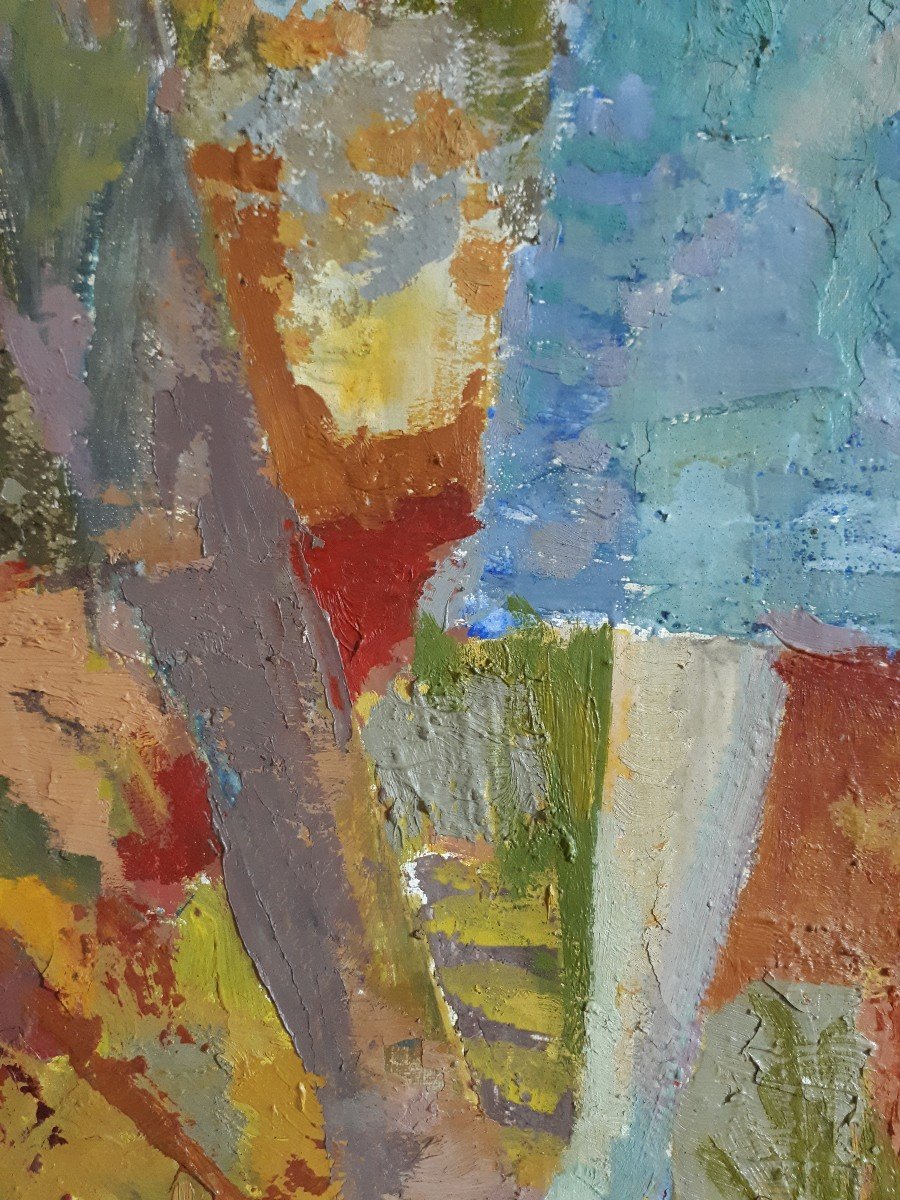
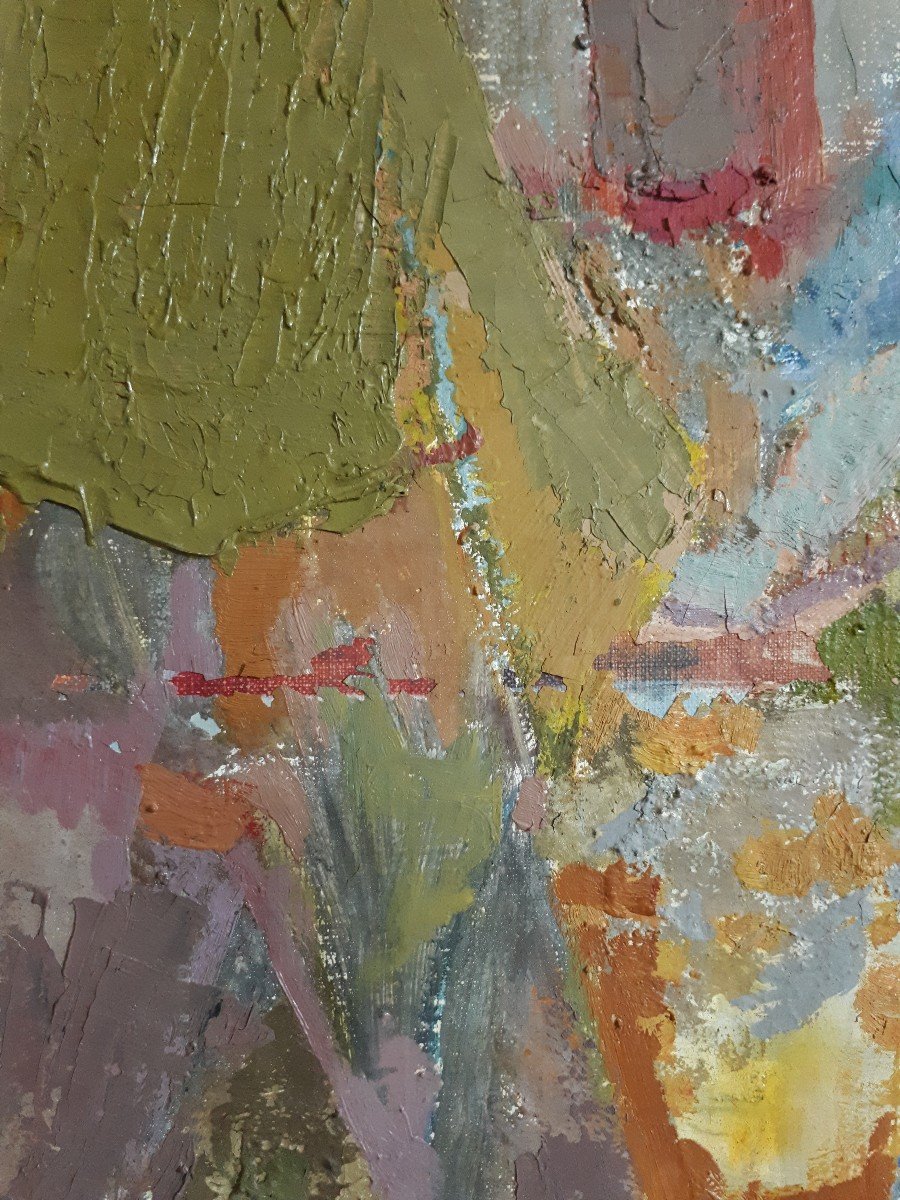
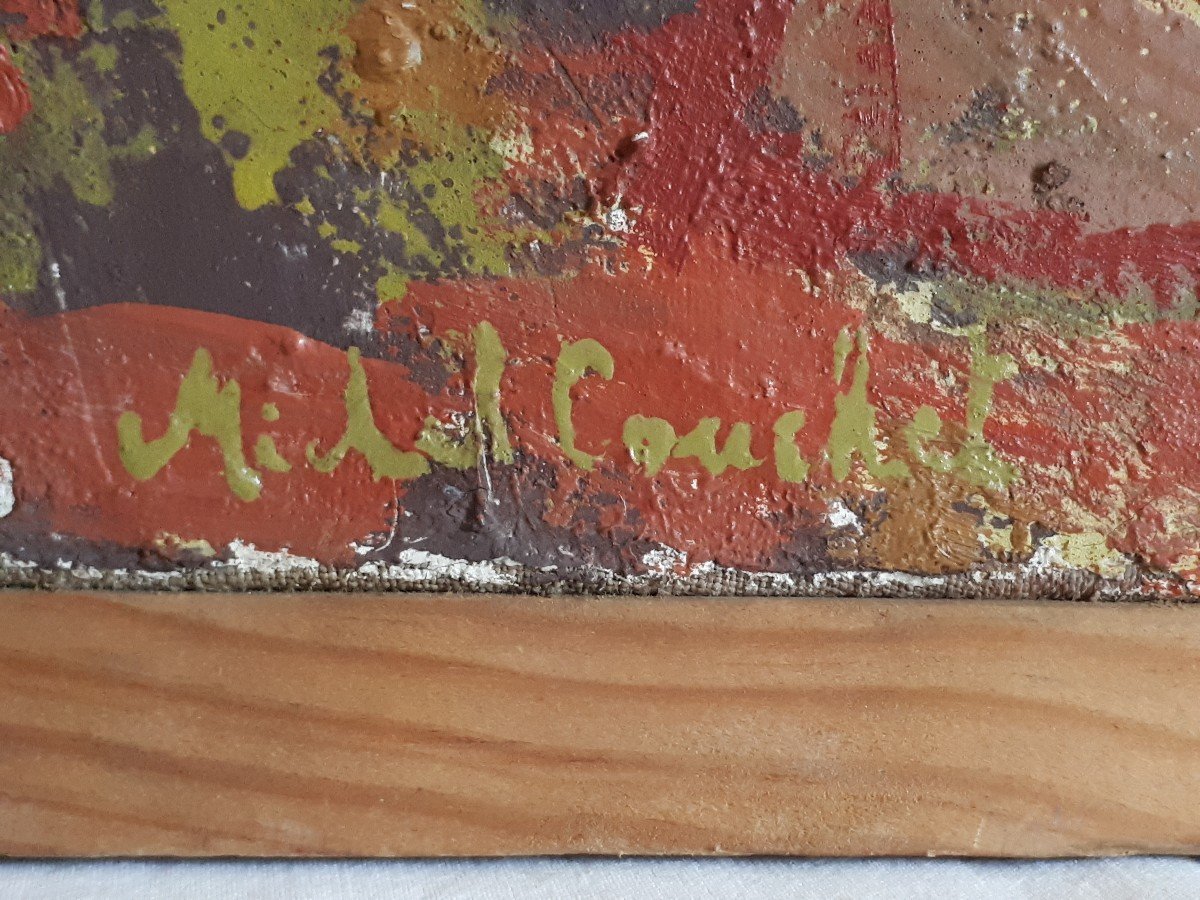






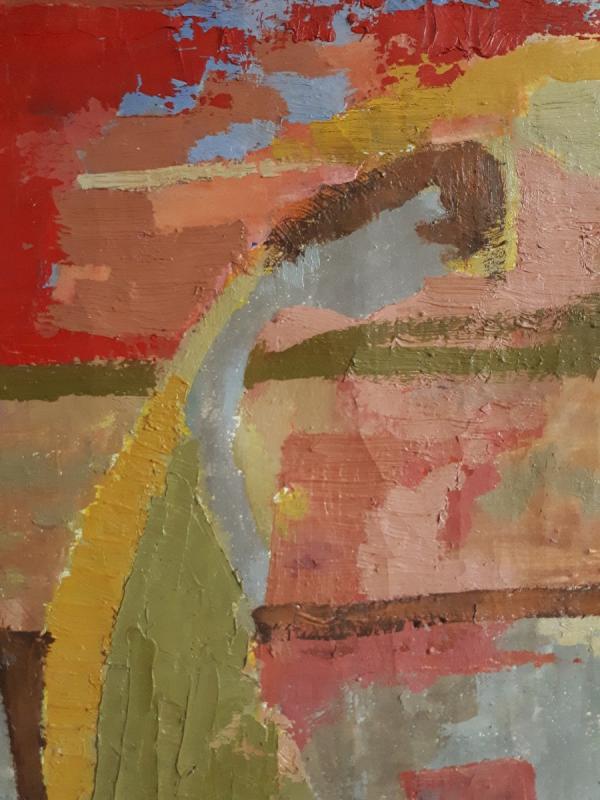





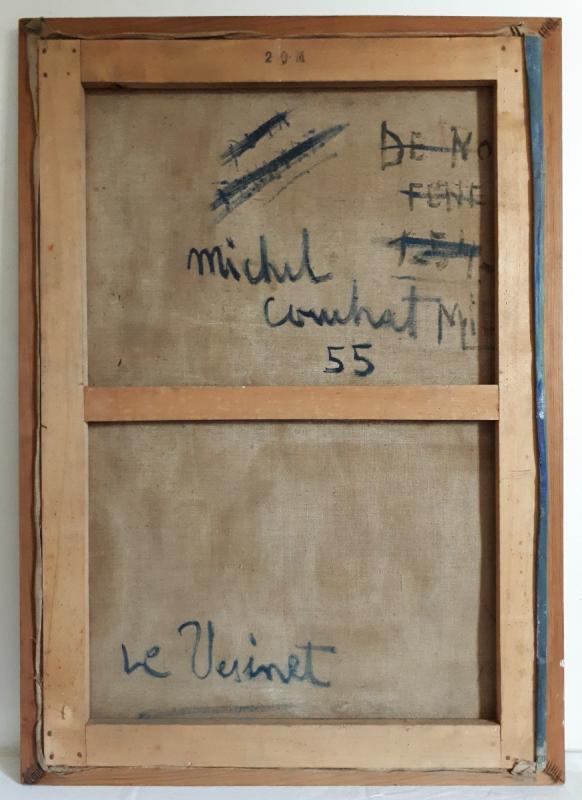

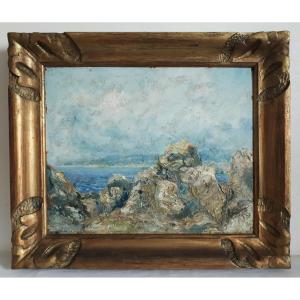




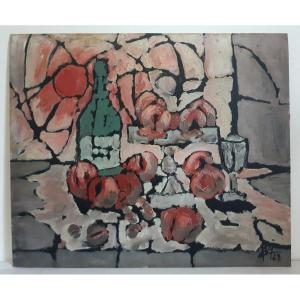

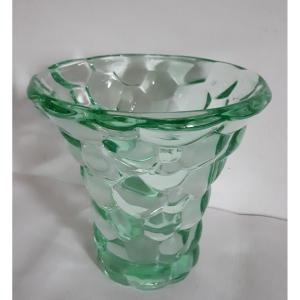
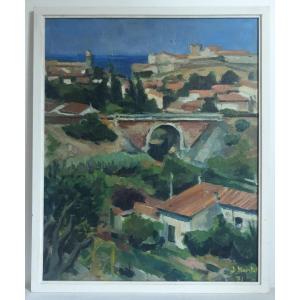
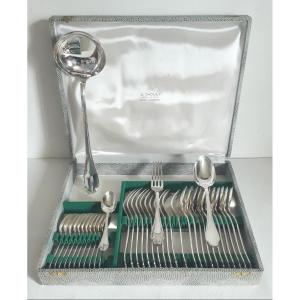



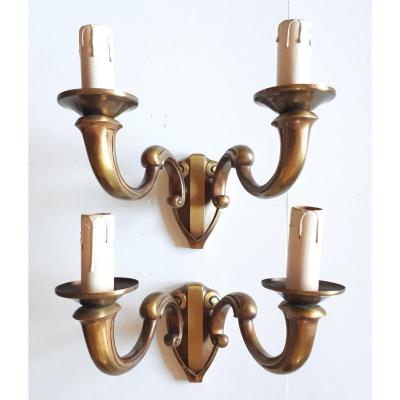
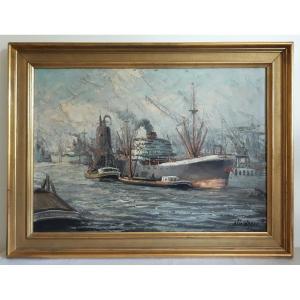
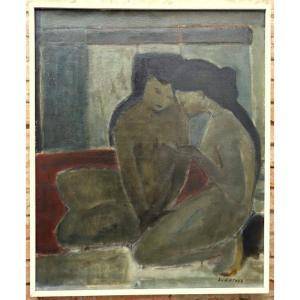
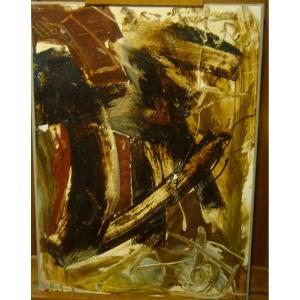






 Le Magazine de PROANTIC
Le Magazine de PROANTIC TRÉSORS Magazine
TRÉSORS Magazine Rivista Artiquariato
Rivista Artiquariato